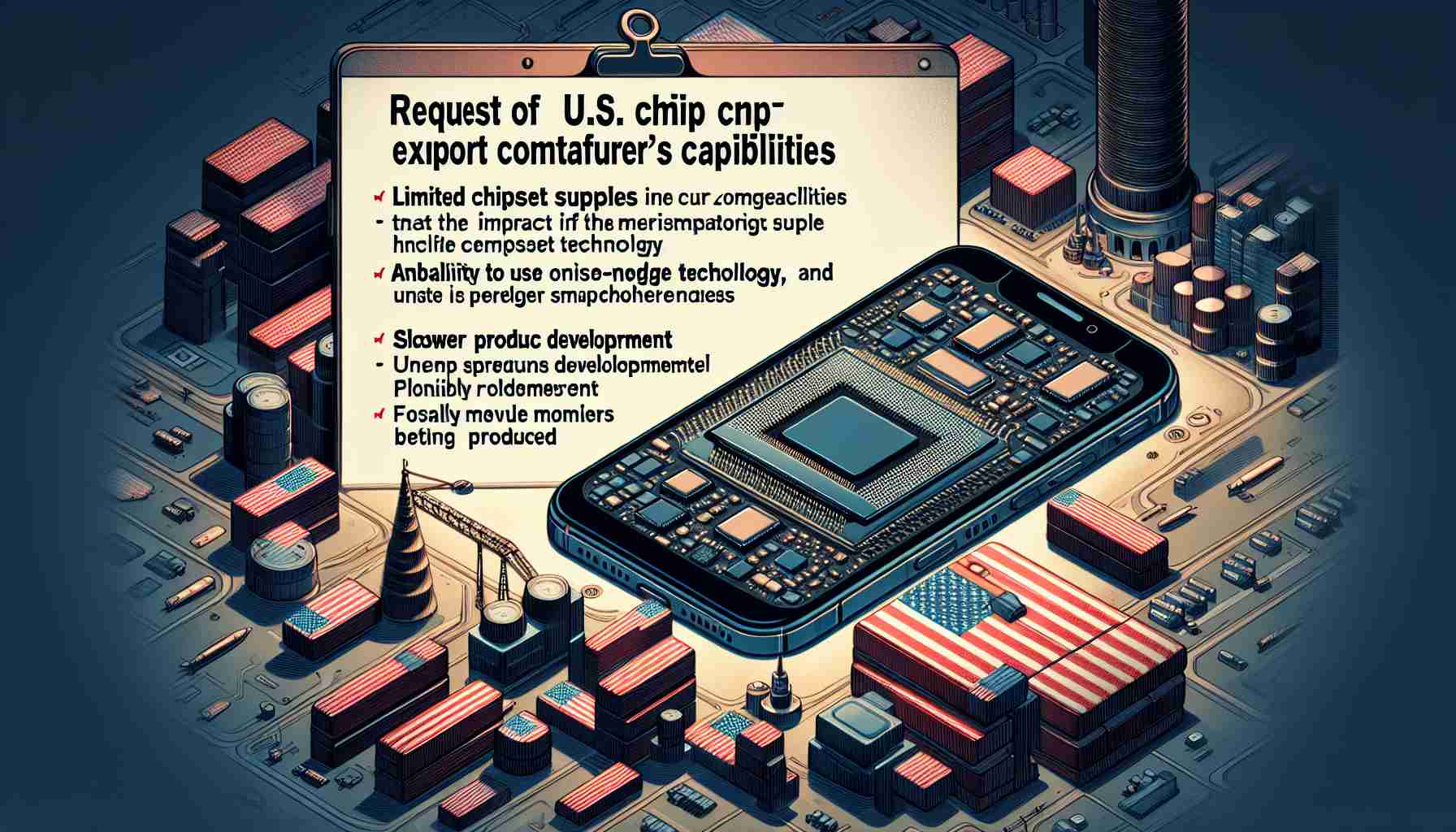U.S. policies to restrict the spread of advanced semiconductor technology to China appear to be effective, as indicated by the less sophisticated chip found in Huawei’s latest flagship smartphone, the Mate 60 Pro. The Secretary of Commerce, Gina Raimondo, highlighted this during a recent television interview, where she emphasized the superiority of American chip technology compared to what is currently available in China.
The Mate 60 Pro, a device launched by the Chinese tech giant in August, is powered by a Kirin 9000s chip. Even though this chip is built using a high-tech 7-nanometer process by SMIC, China’s leading chip manufacturer, it reportedly relies on tools from U.S. companies such as Applied Materials Inc. and Lam Research Corp. These revelations come amidst reports of Huawei’s adaptation to U.S. sanctions that were intensified in October 2022, preventing shipments of the most advanced chipmaking equipment to Chinese firms.
The imposition of trade restrictions on Huawei since 2019 has posed a significant challenge for the company. Nonetheless, Huawei’s resilience has led to a successful release of the Mate 60 Pro series in China, which coincidentally matched with a downturn in iPhone sales within the region at the start of 2024.
Amidst the restrictions, some American firms have managed to secure special licenses that allow them to sell advanced chipmaking equipment to entities on the blacklist, including Huawei. These privileges have sparked controversy within the industry, with competitors like AMD objecting to unequal licensing arrangements that favor certain companies over others.
As the head of the Commerce Department, Raimondo has taken a firm stance, holding companies accountable and reiterating the prohibition against the sale of leading U.S. semiconductors to China. Her enforcement of these policies conveys a clear commitment to maintaining America’s edge in semiconductor technology.
Key Questions:
1. What specific impact do the U.S. chip export controls have on Huawei’s smartphone capabilities?
2. How has Huawei adapted to intensify U.S. sanctions in terms of semiconductor procurement and production?
3. What are the implications of the U.S. chip export controls on the global semiconductor industry and on U.S.-China technological competition?
Answers:
1. The U.S. chip export controls have resulted in Huawei utilizing less advanced semiconductor technology, as seen in the Kirin 9000s chip using a 7-nanometer process, compared to the more sophisticated processes available from other manufacturing sources that Huawei can no longer access due to sanctions.
2. Huawei has adapted by focusing on alternative supply chains and potentially increasing self-sufficiency in chip design and fabrication. This might also involve finding loopholes through which to procure necessary equipment, such as via companies with special licenses from the U.S.
3. The export controls may lead to reduced competitiveness for Huawei and similar companies, but they also encourage China to develop its semiconductor industry independently. This can potentially lead to intensified U.S.-China technological competition and possibly a bifurcation of the global tech industry.
Challenges and Controversies:
The main challenge for Huawei is the need to either source semiconductors that comply with U.S. restrictions or to develop an independent capability to manufacture advanced chips. This scenario has exacerbated tensions between the U.S. and China and raised controversies regarding the U.S. government’s specific targeting of certain companies and the fairness of granting special licenses to U.S. firms.
Advantages:
– The policy could maintain U.S. leadership in semiconductor technology.
– It may limit potential military applications of U.S.-developed semiconductor technology by geopolitical rivals.
– The restrictions could encourage innovation within the U.S. semiconductor industry.
Disadvantages:
– Chinese firms might accelerate their own R&D efforts, leading to the growth of more formidable competitors.
– It may disrupt global supply chains and lead to increased costs for consumers and businesses.
– U.S. companies could lose revenue and market share as Chinese firms look for alternative suppliers and become self-sufficient.
For related information on the U.S. Department of Commerce or general U.S. policies on technology and export controls, you can visit the following main domain link: U.S. Department of Commerce. If more information on Huawei and its responses to the U.S. policies were sought, one could refer to Huawei’s Official Website for official statements and product information.
The source of the article is from the blog bitperfect.pe
